#aerodynamics
Text


Aerodynamic masterpiece 1939 Bentley 4¼-Litre 'Embiricos' Coupe by Pourtout
476 notes
·
View notes
Text
#sephirussy#final faggotry#final fantasy#ff7#final fantasy vii#final fantasy 7#cloud strife#aerodynamics#my posts
362 notes
·
View notes
Text
"Mason Bee at Work"

Mason bees like this one build landmarks to help them navigate as they construct a shelter for their eggs. Even hauling materials, these bees can easily stay aloft. (Image credit: S. Zankl; via Wildlife POTY)
Read the full article
166 notes
·
View notes
Text
The Federal Aviation Administration receives thousands of complaints every year about the characteristic loud buzzing produced as drone propellers slice through the air. That noise is an issue in other countries, too: Canada and England, for instance, report a sharp uptick in similar complaints over the last several years.
Experts believe noise pollution caused by these unmanned aerial vehicles will only worsen as they are increasingly used for package delivery, photography, emergency response, and more.
Continue Reading.
76 notes
·
View notes
Text


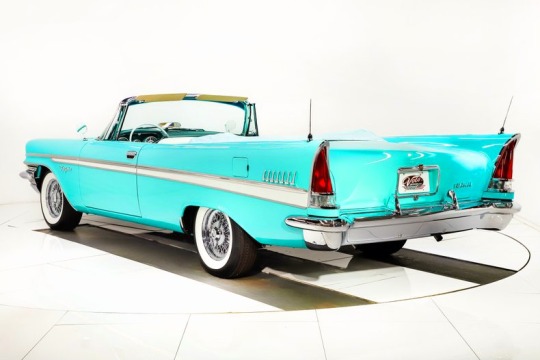





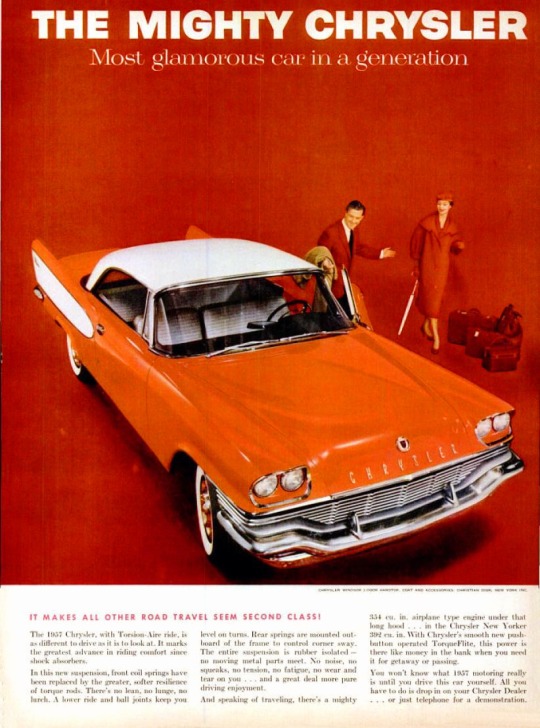

🇺🇲 Step into the glamour of the 1950s with the iconic Chrysler New Yorker of 1957—a symbol of luxury, style, and innovation in the automotive world!
👉 The year 1957 marked a pinnacle moment for Chrysler as it unveiled the stunning New Yorker model, captivating enthusiasts with its bold design and advanced features. The 1957 model year Chrysler cars were redesigned with Virgil Exner's "Forward Look" at the cost of $300 million when Chrysler took on a loan in 1954 from Prudential Insurance to pay for expansion and updated car designs.
🚘 As one of the flagship models in Chrysler's lineup, the New Yorker exuded elegance and sophistication, setting new standards for the automotive industry. Boasting a sleek and aerodynamic body, the 1957 New Yorker captivated onlookers with its distinctive grille, chrome accents, and sleek lines that epitomized the spirit of the era's automotive design. Inside, passengers were treated to lavish comfort and opulent amenities, making every journey a luxurious experience.
🛞 Under the hood, the New Yorker showcased Chrysler's commitment to performance and innovation. Equipped with powerful V8 engines and advanced engineering, the 1957 model delivered a smooth and exhilarating driving experience, earning accolades for its exceptional performance on the road.
👑 Beyond its stylish exterior and impressive performance, the 1957 Chrysler New Yorker represented a symbol of status and prestige. As a favorite among discerning drivers and automotive enthusiasts, it left an indelible mark on the automotive landscape, solidifying its place in history as a timeless classic.
#brits and yanks on wheels#retro cars#transatlantic torque#vehicle#cars#old cars#brands#companies#automobile#american cars#made in usa#usa#chrysler#chrysler new yorker#new yorker#1950s cars#old car#cool cars#classic cars#luxury cars#muscle car#detroit#michigan#sedan#design#v8 engine#firepower#chrysler corporation#flagship model#aerodynamics
29 notes
·
View notes
Text
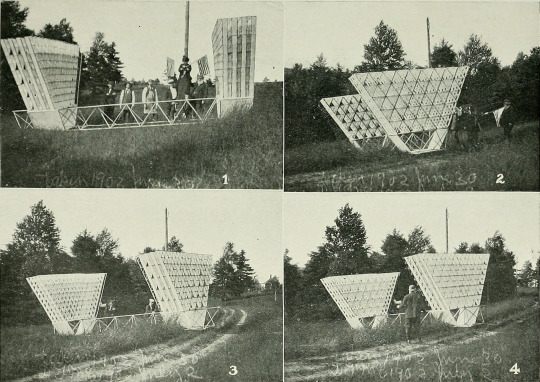
"Tetrahedral principle in kite structure." The National Geographic magazine. June 1903.
Internet Archive
73 notes
·
View notes
Photo
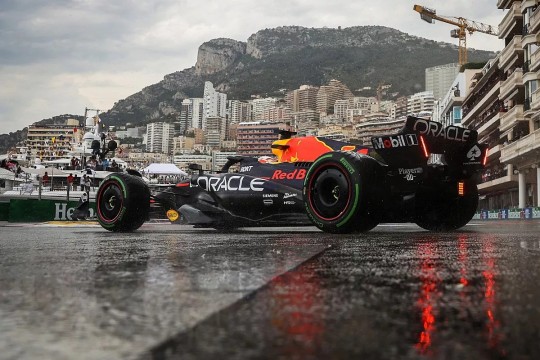
Aerodynamics are for people who can't build engines.
- Enzo Ferrari
Tell that to Honda who make Red Bull’s engine.
#ferrari#enzo ferrari#quote#F1#formula one#grand prix#design#aerodynamics#engine#red bull#honda#motorsports#car design
63 notes
·
View notes
Text


#volvo#supertruck 2#efficiency#goals#focus#aerodynamics#advanced#engineering#truck#trucks#future trucks#volvo trucks
28 notes
·
View notes
Text
Geese in Vs, Starling Murmurations, and Other Bird Flight Formations
Originally posted at my blog at https://rebeccalexa.com/bird-flight-formations/
I was asked a while back about why some birds fly in a V pattern, and others fly in murmurations. This got me down a rabbit hole of bird flight formations, thinking about ways I’ve seen birds fly together (or alone), and reading up on the whys and hows of some of them.
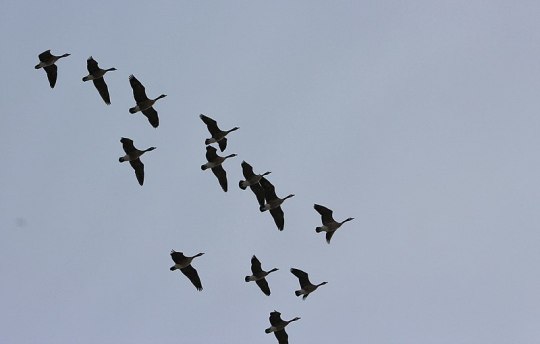
You generally see this V formation with pelicans, geese and other waterfowl, and other large birds, and especially (though not exclusively) during migration season. This isn’t just some simple follow-the-leader game, or safety measure. Rather, it’s all about efficiency.
When a bird flaps its wings, it creates little vortices of air at the tips. These essentially improve lift for a bird flying behind it, which mean that second bird can fly more efficiently. And it continues like that all the way down the line. Since both wings of the lead bird create this extra lift, the others form two lines behind the wings. These lines angle outward because the vortex created by each wingbeat actually manifests a few feet to the outside. Birds probably spend less time in the inside of the V because the various vortices created by the inner wings of two rows of flying birds might interfere with each other, whereas those created by the outer wings remain relatively undisturbed.
But there’s another cool thing about this formation: the birds time their wingbeats to best take advantage of the vortices created by those ahead of them. And it appears to be a learned behavior, rather than something instinctual; each bird figures out how to best use the lift provided by the one ahead of it. Each individual doesn’t necessarily stay in the same position the whole time; the frontrunner may eventually drop back to take a break, while another takes their place. All of which comes together to make migration a more efficient and successful journey for everyone involved.
Not all birds using this extra lift fly in a V. Brown pelicans can often be seen flying in a line, especially over water. The birds undulate up and down as they fly, as though floating over waves in the air.
In fact, that’s not too far from the truth. Similar to birds that fly in a V, the pelicans are also making use of lift. This time, though, it’s caused by updrafts created by the waves of the water. This special flight pattern is known as wave-slope soaring.
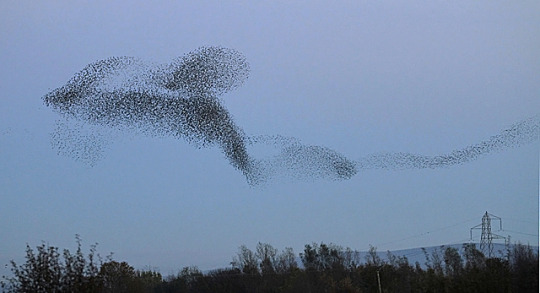
Photo by By Walter Baxter, CCA-SA-2.0 Generic
I am admittedly not the biggest fan of the European starling as it’s a pretty pernicious invasive species here in the United States. However, I can appreciate what makes them unique, including their plumage, their lovely songs and mimicry, and their amazing murmurations. A murmuration is basically when a flock of starlings–sometimes thousands strong–flies as one cohesive group.
This is more amazing than I’m making it sound, though. Here’s a great video showing how the birds seem to flow through the air, and here’s one showing what happens when a hawk dives into the thick of a murmuration looking for a meal.
This latter video pinpoints one of the important purposes of flocking or swarming behavior: strength in numbers. We see it not only in birds, but also in fish, some flying insects, and other animals as well. It can be difficult for a predatory animal to home in on one individual when presented with a dizzying array of many, though if the hunter is significantly larger than the prey, it can simply swallow down lots of them at once.
But starling murmurations are also incredible because thousands of individual birds are able, without any previous planning or choreography, to fly as one without crashing into each other. It turns out it’s not some secret sixth sense–not that we’ve been able to discern yet, anyway. Instead, the birds are highly focused on those immediately around them, and each one is so responsive that as soon as one on the outer edge of the flock changes course, the others immediately follow through a rapid chain reaction that flows through the entire group in a split second.
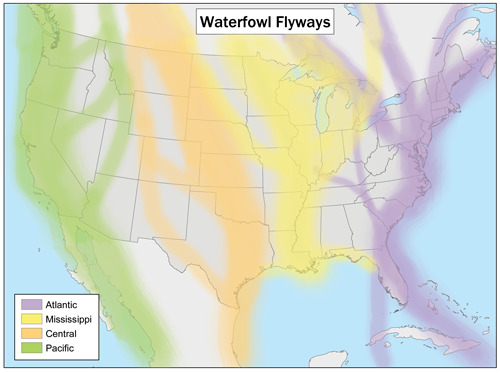
Fall migration is beginning, which means over the next several weeks waterfowl and other large birds will be making use of the efficiency of v-formation flight to reduce energy waste as they fly hundreds or even thousands of miles. Listen for the calls of geese as the fly overhead. If you’re along any North American coastline, watch for brown pelicans; some areas only have them during winter, while others enjoy these impressive birds year-round.
As for the starlings? Well, they’ve basically taken over the entirety of North America, so you can at least see individuals in almost any urban area and most rural ones as well. It may be a little easier to see murmurations in open fields and meadows as there’s more room both for the birds to fly and for you to be able to view them.
Did you enjoy this post? Consider taking one of my online foraging and natural history classes, checking out my other articles, or picking up a paperback or ebook I’ve written! You can even buy me a coffee here!
#birds#ornithology#nature#science#animals#wildlife#animal behavior#physics#aerodynamics#birdblr#scicomm#science communication#science facts#natural history#geese#starlings#pelicans
228 notes
·
View notes
Text
не благодарите 😑
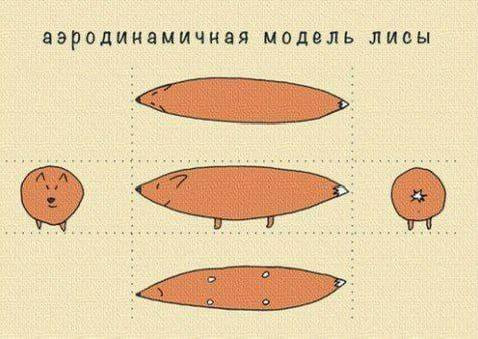
#лиса#аэродинамика#креатив#модель#юмор#fox#aerodynamics#creative#model#humor#русский тамблер#русский блог#русский пост
17 notes
·
View notes
Text
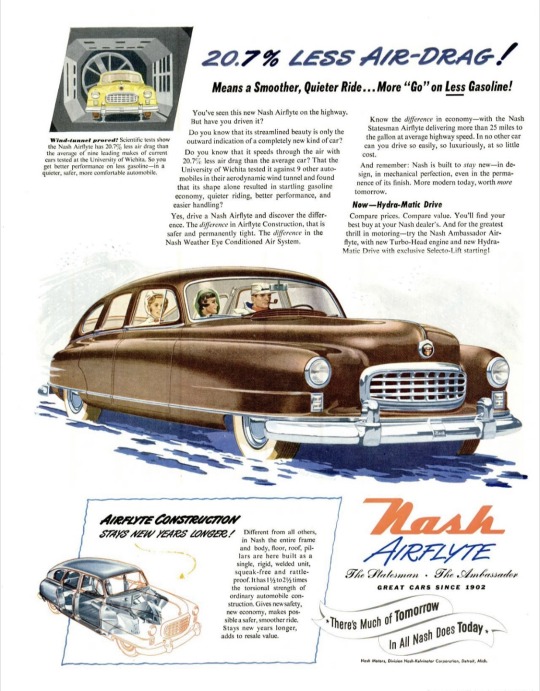
1950 Nash Airflyte ad
#1950#Nash#airflyte#aerodynamics#vintageadsmakemehappy#vintage magazine#vintage advertising#magazine#advertising#1950s#50s#american#car#automobile#automotive
78 notes
·
View notes
Text
¿En qué momento MotoGP se convirtió en la F1?

20 notes
·
View notes
Text





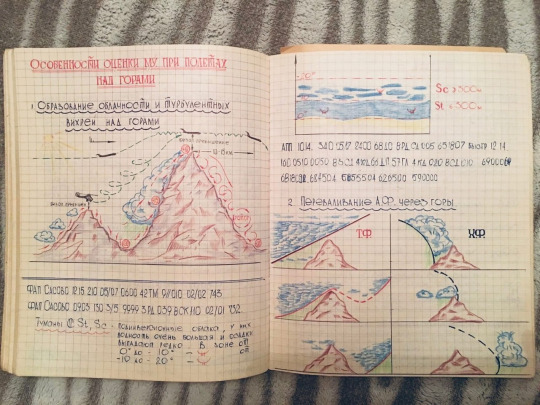
Notes on aerodynamics for a cadet at the Sasovo Flight School. 1991
9 notes
·
View notes
Text


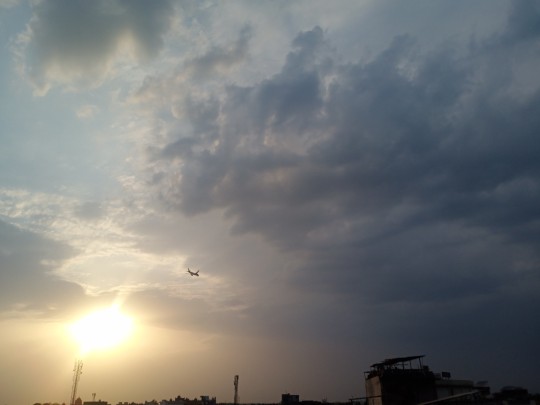

Plane is like love, it's presence gives you warmth and feels like the moments spent with it passes quickly, though every second with it lasts longer than a minute.
This beautiful piece of engineering might not last super long and be replaced with some other ultimate aerodynamic transport [or even something cool like teleportation ¯\(°_o)/¯ ], but it will always remain a big part of my cheerful memories, I could never forget it.
#education#history#learning#psycology#science#physics#love#aerospace#aeroplane#aerodynamics#engineering#aeronautica militare#beauty#art#photography#photoshoot#nature#life#photooftheday#current events#evening#etc#etsy
12 notes
·
View notes
Photo

Aerodynamics are for people who can’t build engines.
- Enzo Ferrari.
#ferrari#enzo ferrari#quote#aerodynamics#car design#racing car#grand prix#italian#formula one#grand prix driving#motorsports
91 notes
·
View notes
